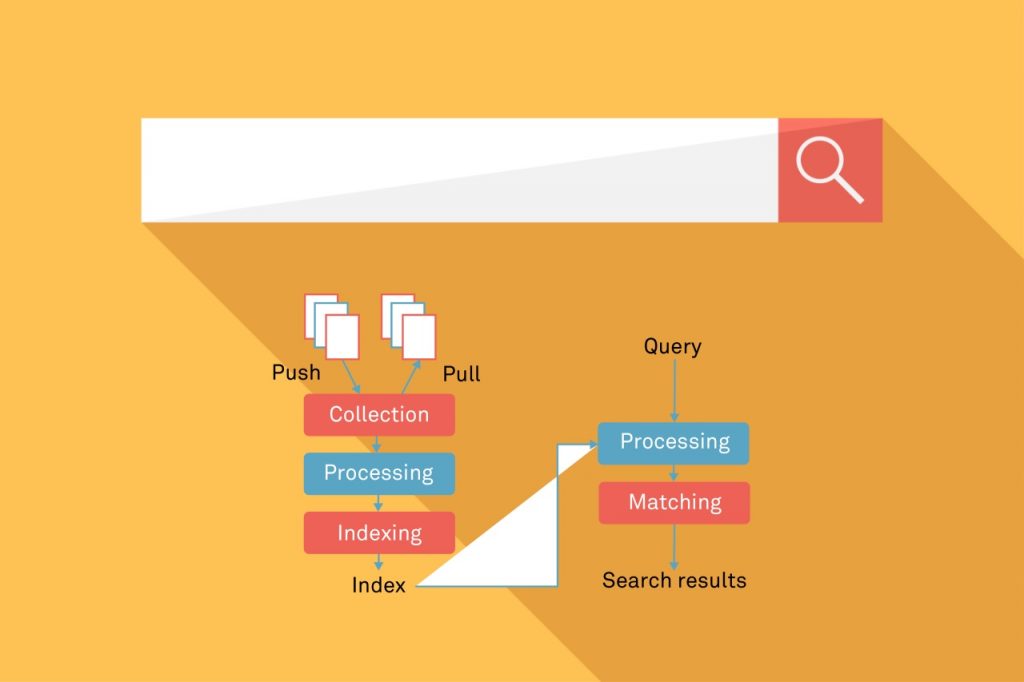Organizations, such as Sinequa and their intelligent searching browser, have invested in different technologies over time, such as data warehouses, business intelligence systems, and data analytic tools to build out the underlying data storage and management capabilities for their enterprise search systems. Other organizations have invested in dedicated research software to improve the users’ data-seeking experience. However, they are still confronted with significant challenges when attempting to provide consumers with reliable and worthwhile information. Many companies have discovered that a fresh approach must be implemented in an attempt to integrate and combine various data sources and structures located in ‘data silos’ spread across their entire organization. Without a modern data platform or a coordinated data repository, enterprise data experts won’t succeed in going beyond ‘searchable’ information and presenting them as ‘discoverable’ data. Transforming, reconstructing, and shaping data with an organized and systematic approach empowers businesses to transform a simple search engine into an enterprise search engine.
Advantages of Investing in An Enterprise Search Engine
An enterprise search engine is a unified data knowledge platform that is:
1. Adjustable
It provides for immediate access to all classes of available data through comprehensive indexing.
2. Sound
It ensures transactional consistency of all forms of data with full compliance capability.
3. Swift
It grants outstanding query performance with outcomes delivered almost instantaneously.
4. Scalable
It demonstrated the ability to manage growing data, volume, and speed across composite processing environments.
5. Secure
It gives accurate access controls at the lower database level.
6. Intelligent
It enables data improvement and contextualization by metadata and semantic data integration to deliver relevant results swiftly.
Steps Involved In Enterprise Search Systems
In most enterprise search systems, the processing of relevant information proceeds through numerous steps:
1. Content Submission
This process prepares the information for the enterprise search. In the ‘push’ model, a source system ‘pushes’ fresh content directly to the enterprise search engine. This model is typically used when real-time indexing is essential. While, in the ‘pull’ model, the enterprise search engine accumulates content from various data sources using a specific technical connector.
2. Pre-Processing To Create Plain Text
Different data sources have different data formats, including XML, PDF, HTML, and MS Office document formats. The pre-processing stage processes all of the incoming data documents, regardless of their data format, to create plain text data stores using certificate filters.
3. Indexing
Throughout the indexing phase, enterprise search engines analyze the plain text data, then store and convert them to a searchable composition. These newly created indexes are created widely depending on the enterprise search engine type. After the indexing phase, the data content is now searchable.
4. Query Processing
Through a user interface, information searching queries are proffered to the enterprise search engine for processing. The search engine uses the users’ words or phrases to question the index, and a data result set is returned (almost ready) for end-user scrutiny.
5. Sorting And Ranking
Sorting and ranking is a post-processing step where the enterprise search engine defines the order of distribution by which the search results are presented to the end-user. The ranking is highly configurable and is based on several parameters. Parameters such as keyword location in the data document, how old and outdated the document and its contents are, and other data such as trending topics or recent searches. Enterprise search engines are confronted with another problem. Research has shown that employees spend a significant portion of their working day scanning for information that often does not meet their needs. Imagine their increased productivity if they were provided with enterprise searching tools that deliver positive outcomes every day.
Conclusion
Enterprise search engines aim to significantly reduce the need for end-users to search data repositories by enabling next-generation technology. These search engines use artificial intelligence to interpret the users’ past content data searches. As a result, they can locate fresh and relevant content to deliver automatically to the end-user. Ultimately, end-users receive relevant and specific content, sometimes without even requesting it. This is probably one of the greatest tools made available to the data management world.

